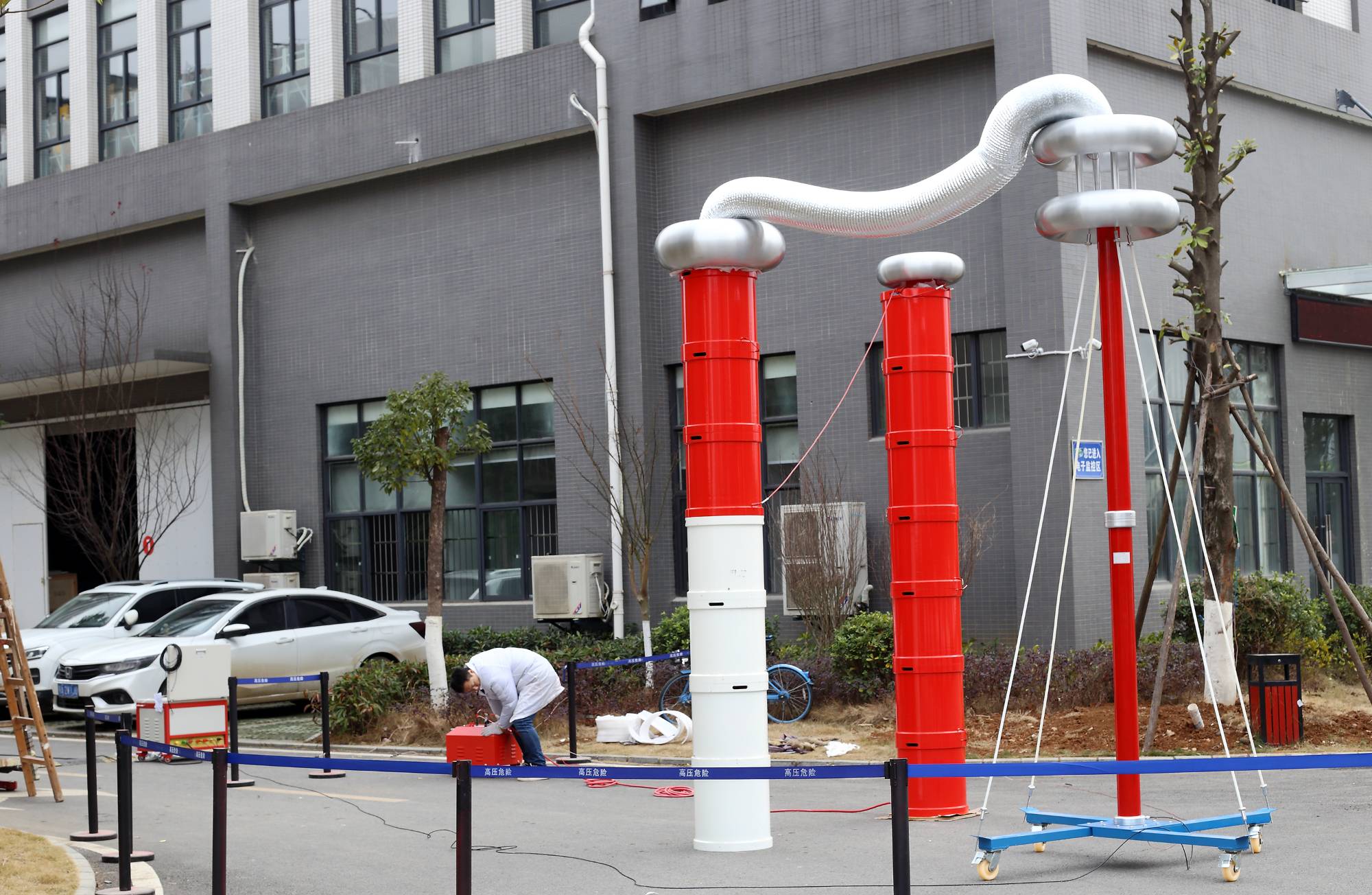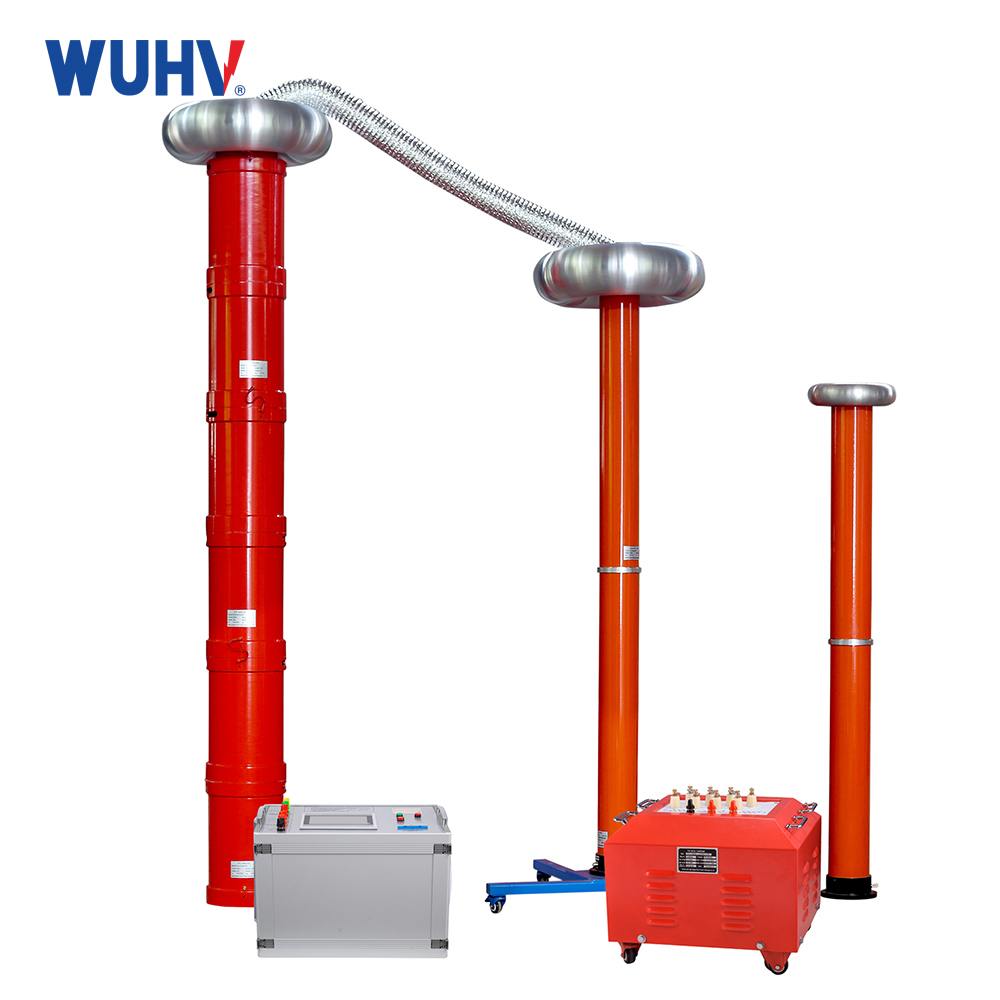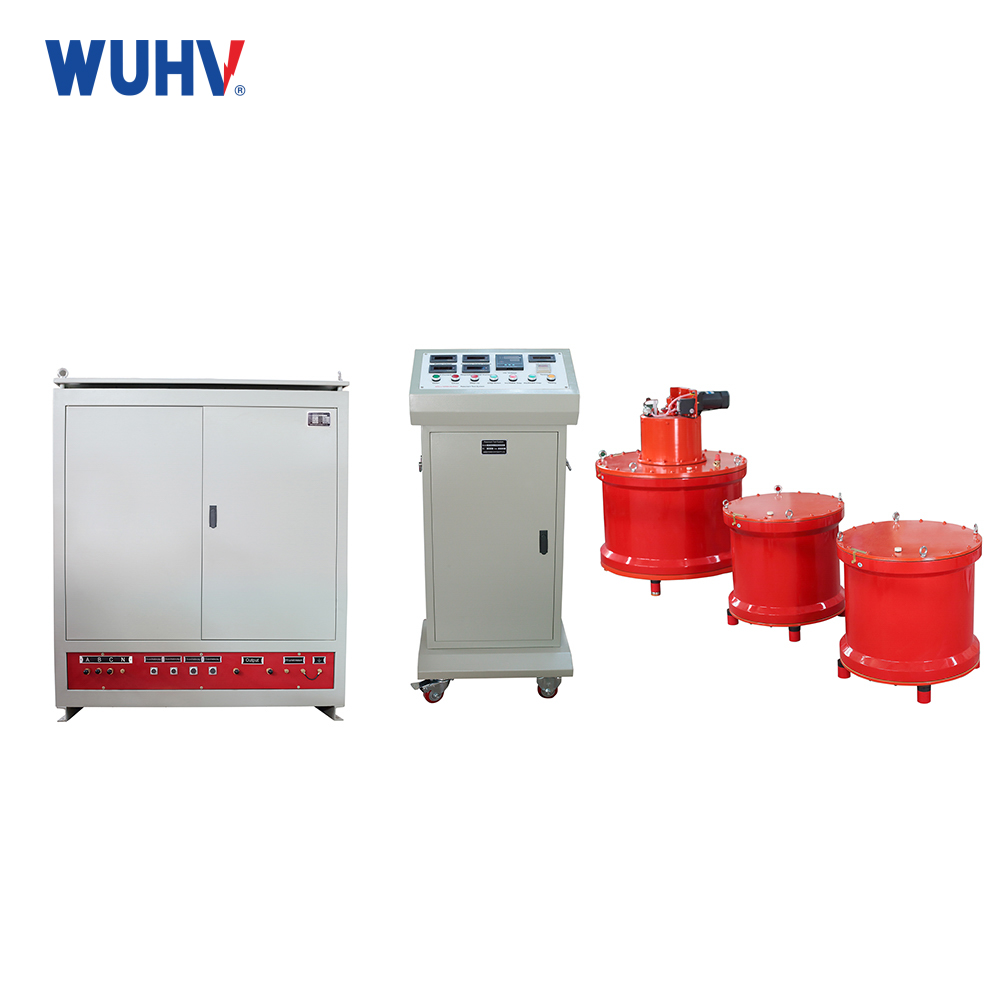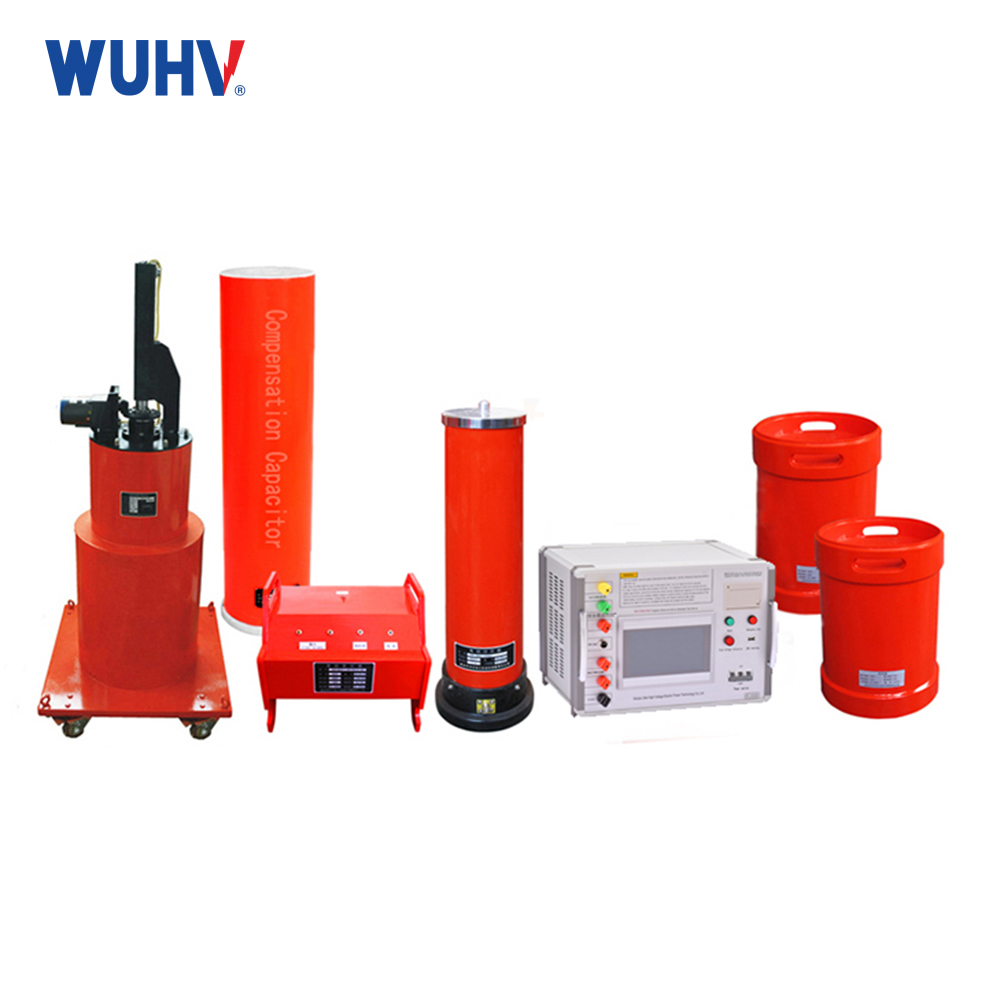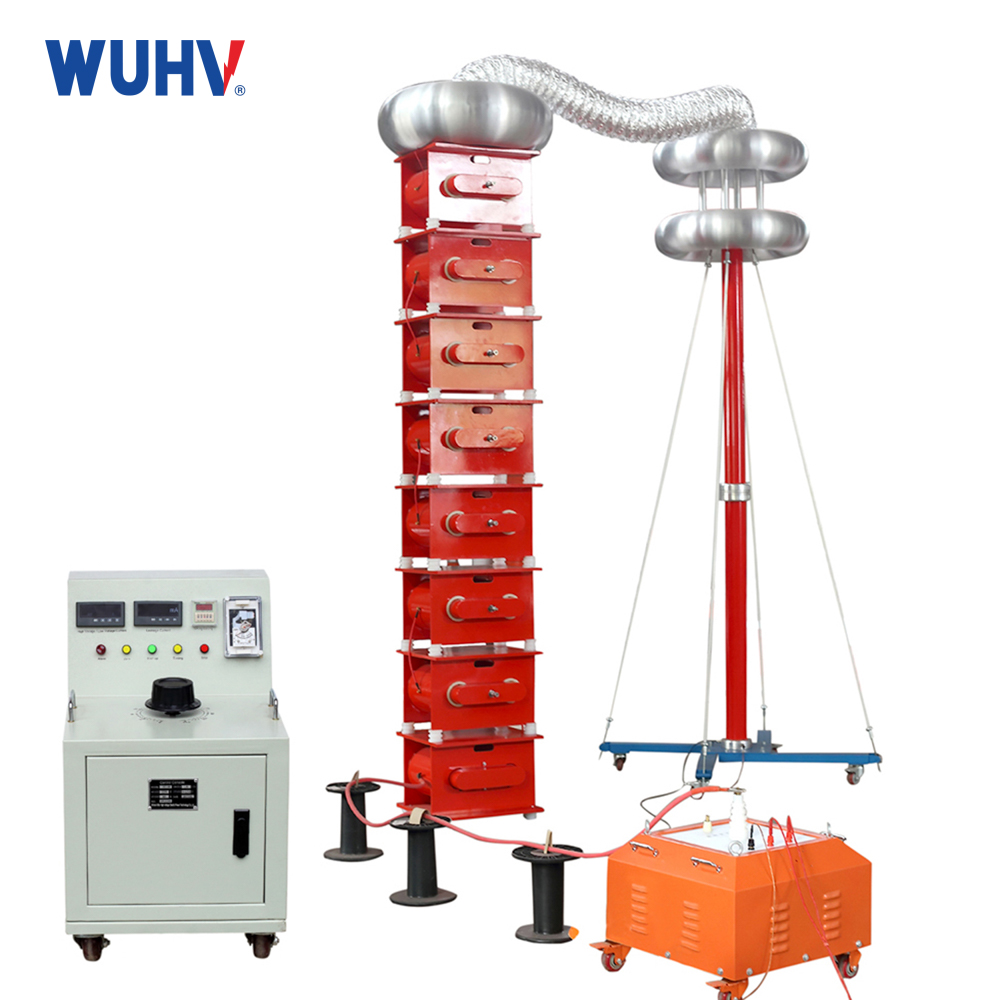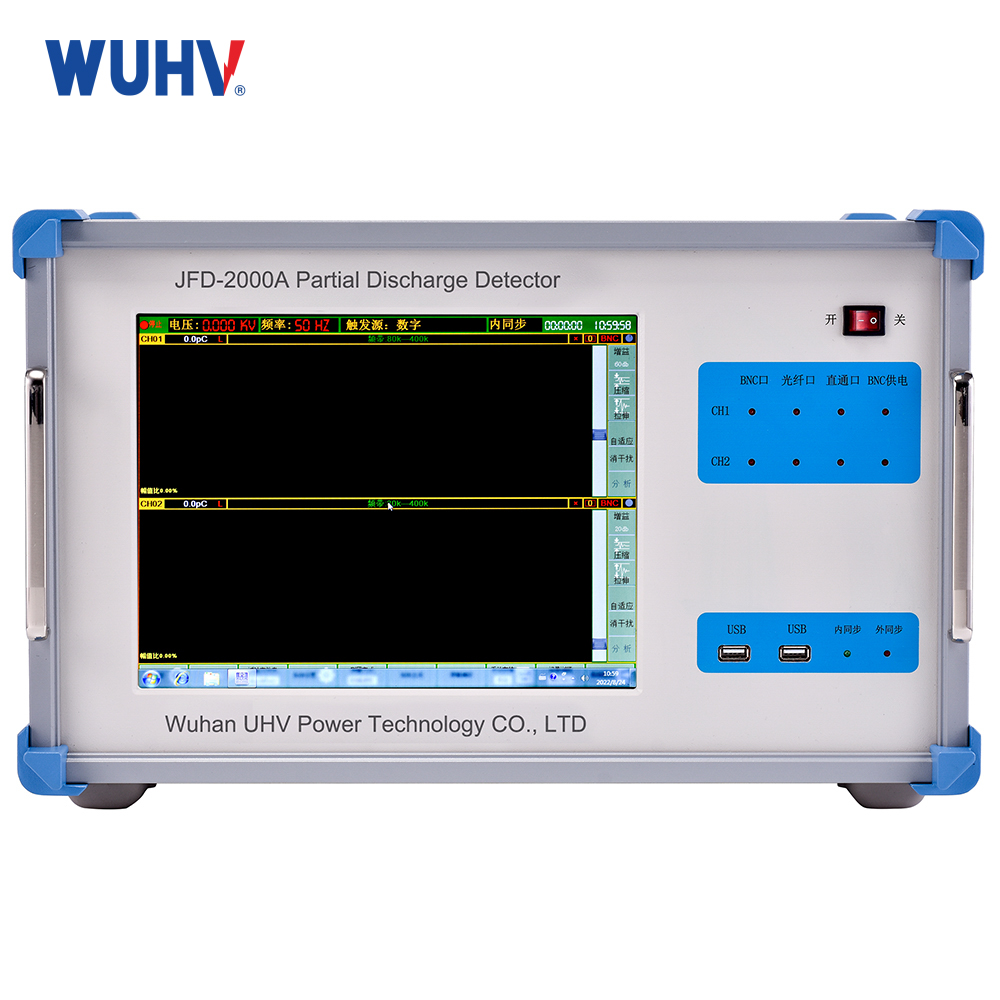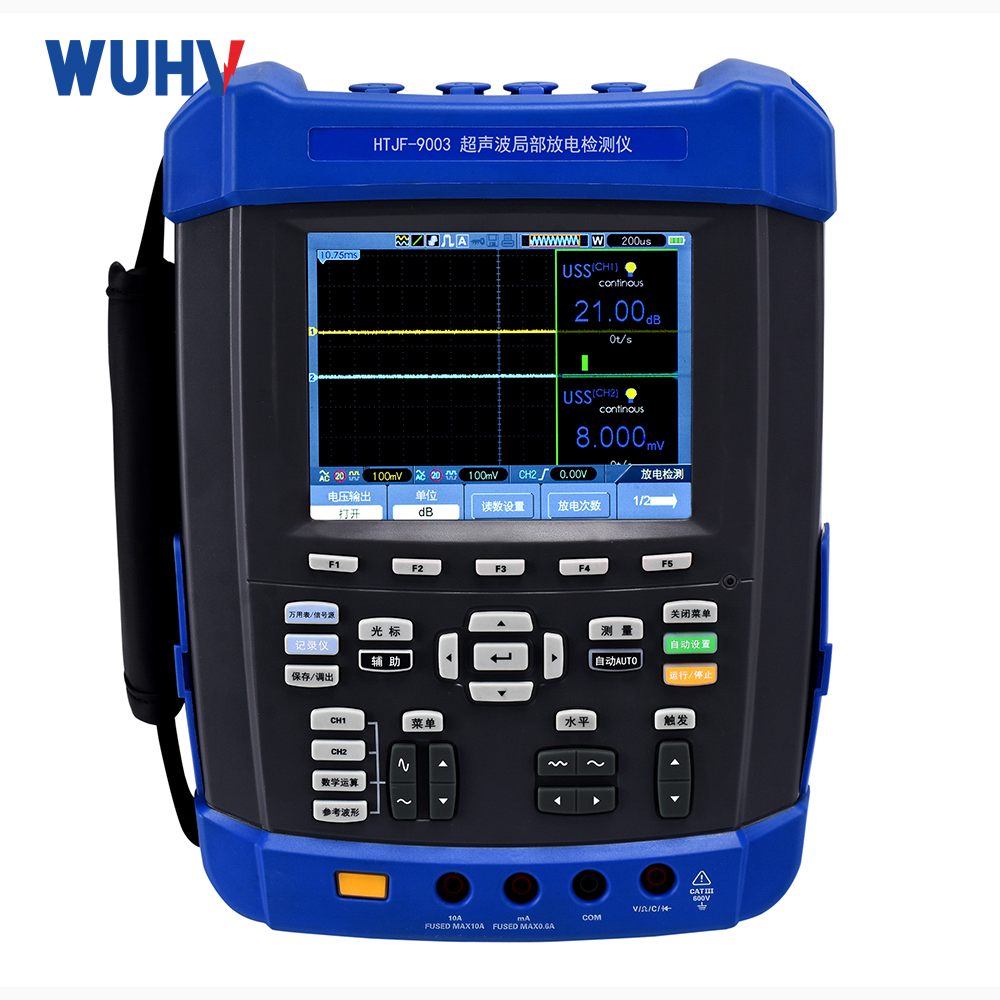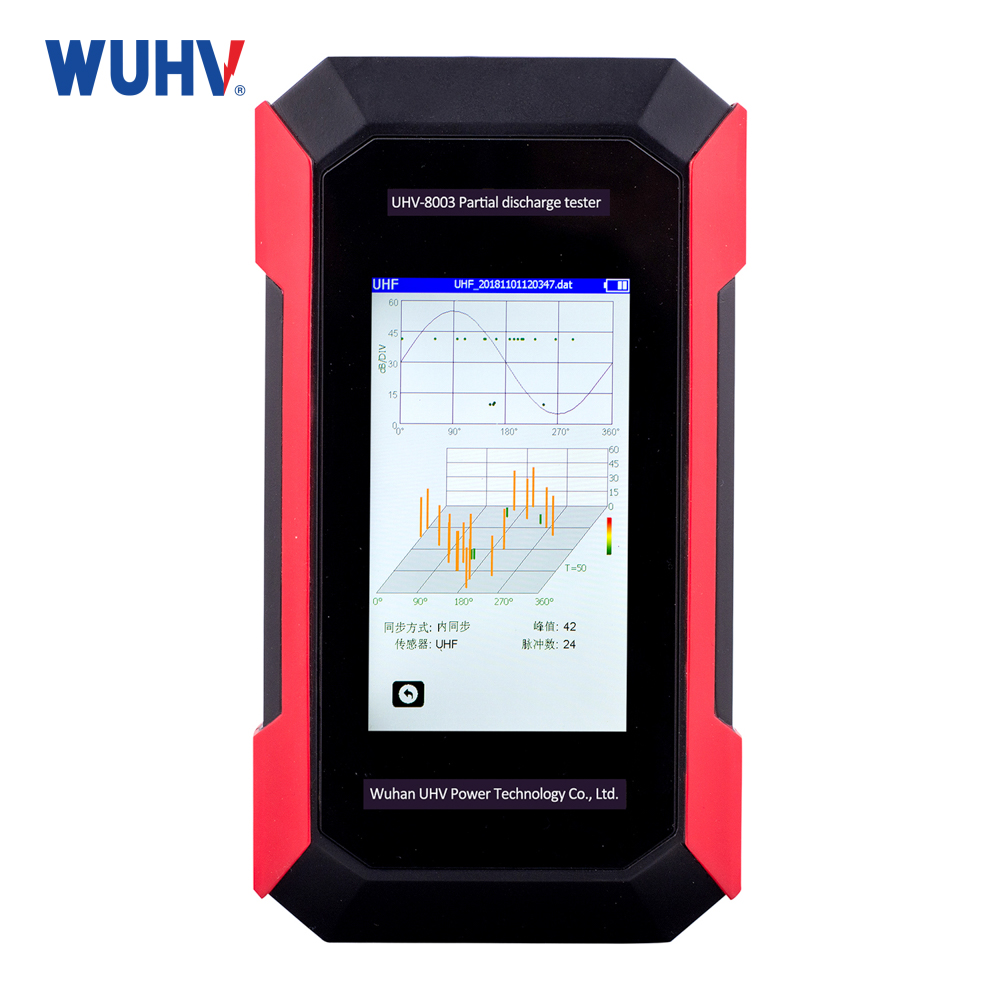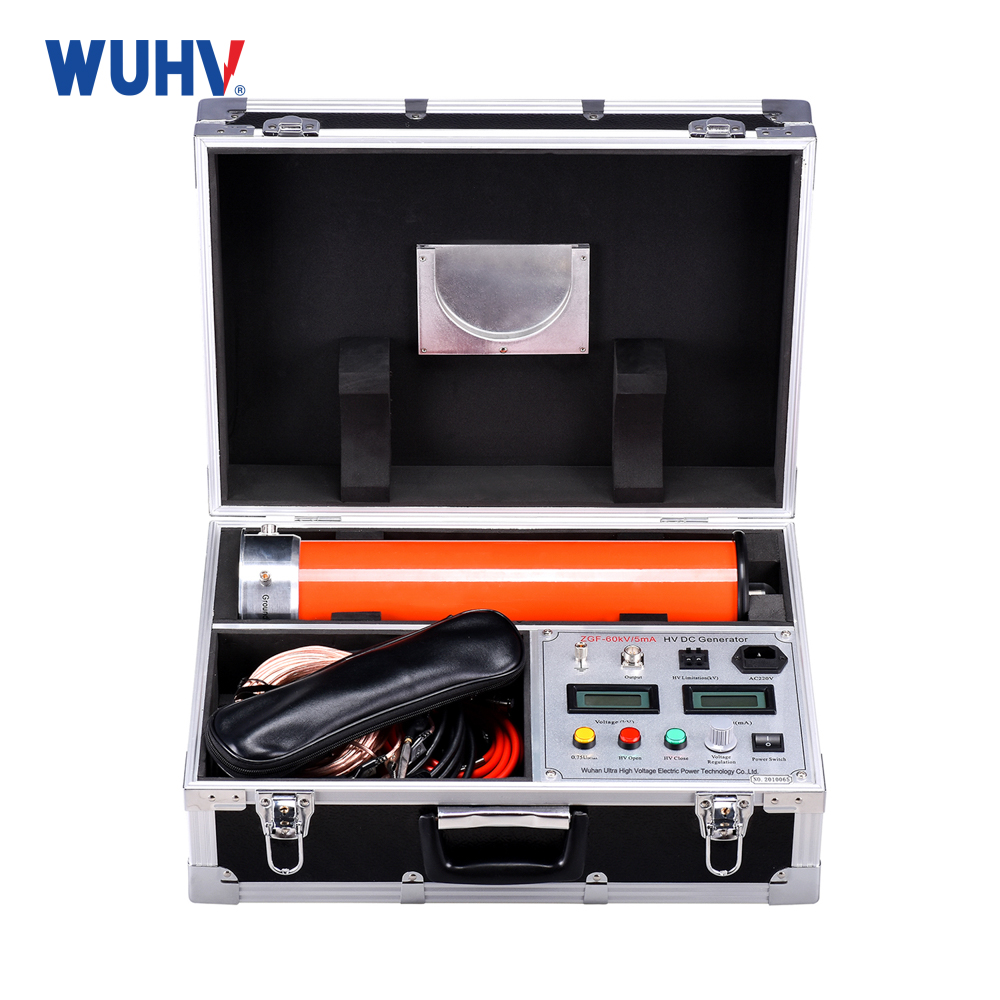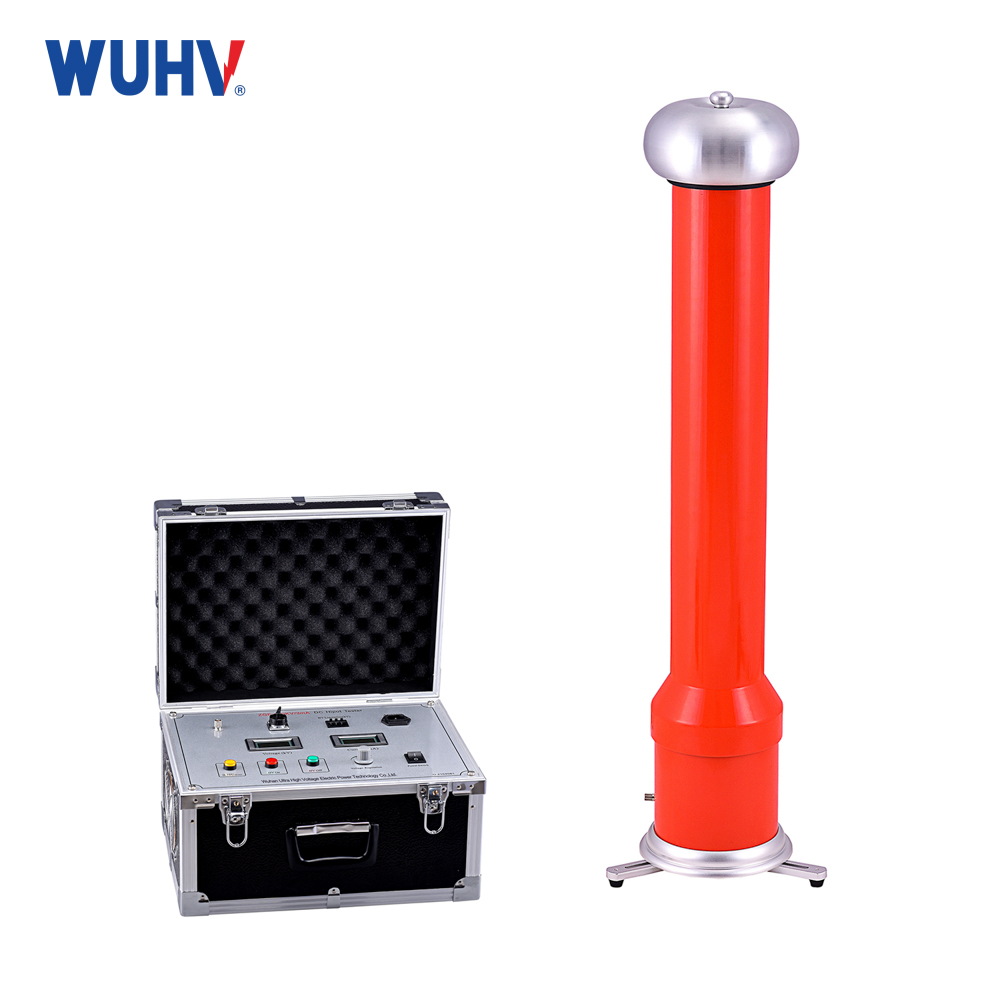Wuhan UHV specializes in producingseries resonance (also known as variable frequency series resonance complete equipment). Today, we will introduce the uses of reactors in series resonance in power systems.
1. Limit short-circuitcurrent
When a short circuit occurs in the power system, a high short-circuit current will be generated. In order to ensure the dynamic and thermal stability of electrical equipment, reactors are usually connected in series with output circuit breakers to increase short-circuit impedance and limit short-circuit current. Due to the application of reactors, in the event of a short circuit, the voltage drop across the reactor will be very high. It also has the function of maintaining bus voltage, ensuring small fluctuations in bus voltage, and ensuring the stability of electrical equipment operation on fault free lines.
2. Suppress high-order harmonics
Due to the use of a large number of power electronic devices in the power system, especially high-power DC and frequency conversion equipment that generate a large amount of harmonics, compensation capacitors are often damaged, and in severe cases, compensation capacitors can be damaged. The compensating capacitor cannot be put into use. When the harmonic is quite low, a harmonic suppressor can be used. When the harmonics in the power system are high, series reactors can be used. By severely or parallelly connecting capacitors in the water filter, high-order harmonics in the power grid can be limited.
3. Reactive power compensation
Reactive power balance is crucial for improving the economic efficiency of power systems and enhancing the quality of power sources. At the same time, it is necessary to dynamically adjust and provide greater capacitive reactance during peak load to meet the reactive power demand of industrial and mining enterprises and stabilize the system voltage. On the other hand, it should be able to provide reasonable reactance to balance the charging power of the cable under partial load, ensuring that the system voltage is not too high. The LC series circuit composed of capacitors and reactors in series has the function of suppressing certain frequency harmonics. Usually, low-voltage series reactors are used to suppress third, fourth, and fifth harmonics.
4. Arc extinguishing reactor Arc extinguishing reactance
The transformer is connected between the neutral point of the three-phase transformer and the ground. When one phase of the three-phase power grid is grounded, induced current can be provided to compensate for the capacitive current flowing through the grounding point, achieve non flammability of the arc, and avoid overvoltage by repeatedly igniting the arc. Arc extinguishing reactors are widely used in resonant grounding systems ranging from 6kV to 10kV.
5. Phase shifting
Phase shifting refers to the phenomenon where the waveform of an AC signal cannot exhibit angle changes with the original angle. The role of a phase-shifting reactor is to reduce the impact of harmonic currents and voltages generated by semiconductor converters on nonlinear loads in equipment and power systems. A new method for suppressing harmonics in inverter power systems. Because in a three-phase symmetrical power supply system, the 5th, 7th, 11th, and 13th harmonics usually have a greater content and more severe impact on the system, phase-shifting reactors are designed to reduce these harmonics.
Input line reactors are mainly used in industrial automation control to suppress surge voltage and current generated by frequency converters and speed controllers, thereby minimizing high-frequency and distorted harmonics in the system, and limiting current surges caused by sudden changes in grid voltage and overvoltage operation.
The output line reactor is also known as the motor reactor. It is mainly used in industrial automation systems, especially in situations with frequency converters, to extend the effective transmission distance of the frequency converter and effectively suppress the transient high voltage when the IGBT module of the frequency converter is turned on/off. It is suitable for compensating distributed capacitance, suppressing output harmonic currents, effectively protecting frequency converters, and improving power factor, in order to reduce the pollution of the power grid caused by harmonic currents generated by rectification units.


